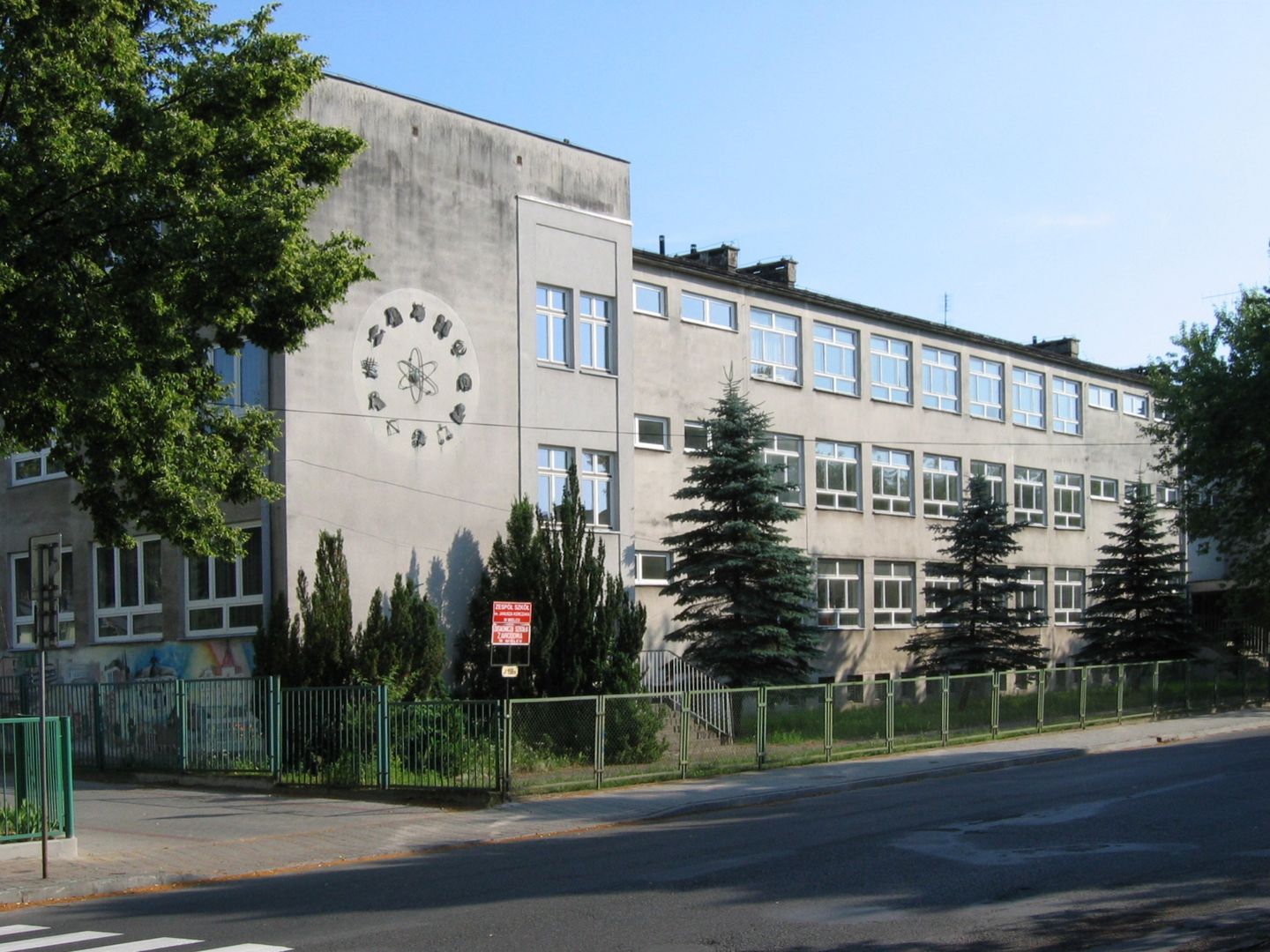Mikołaj Kopernik High School No. II in Mielec
6.22

Overview
Mikołaj Kopernik High School No. 2 in Mielec, established in 1953, is an institution with a rich history, distinguished both for its educational achievements and architectural significance. The school was founded on the initiative of the Parents' Committee and the principal of the elementary school, Feliks Starosielec, with the first high school class established in the building on Biernackiego Street. In 1961, due to overcrowding in the education system, the school was divided into a high school and an elementary school, becoming an independent institution named High School No. 27. In 1972, the school was named after Nicolaus Copernicus and received its banner, symbolizing its growth and school community. Over the years, the high school underwent numerous organizational and location changes, moving in 1974 to a new building on Żeromskiego Street, where the construction and architecture were adapted to modern educational requirements. The high school gained a reputation for preparing students for subject Olympiads, particularly in chemistry, with successes in international chemistry Olympiads bringing medals to the school, including a silver and gold for Jacek Nowakowski, significantly enhancing the institution's image. From the very beginning, the high school emphasized the development of students' additional talents by organizing various interest clubs and conducting international exchanges, which enriched the school's cultural offerings. It is also worth noting that many notable alumni, including politicians and athletes, have graduated from High School No. 2, attesting to the high level of education. In recent years, the high school has continued its tradition, with its teaching staff constantly improving their qualifications and implementing modern teaching methods and technologies, contributing to the ongoing development and adaptation of the educational offer to current student needs and the demands of the modern job market. On the occasion of its 50th anniversary, the school organized celebrations that attracted many alumni, highlighting the strong ties with the local community and students, which is an important part of its cultural heritage.
Location
2025 Wizytor | All Rights Reserved